America lags behind on high speed rail... but here are five ambitious projects taking shape
More than 20 countries – mostly in Europe and Asia – have modern fast train systems, while the US has yet to build its first, writes Luz Lazo. Here are the main developments underway to correct that
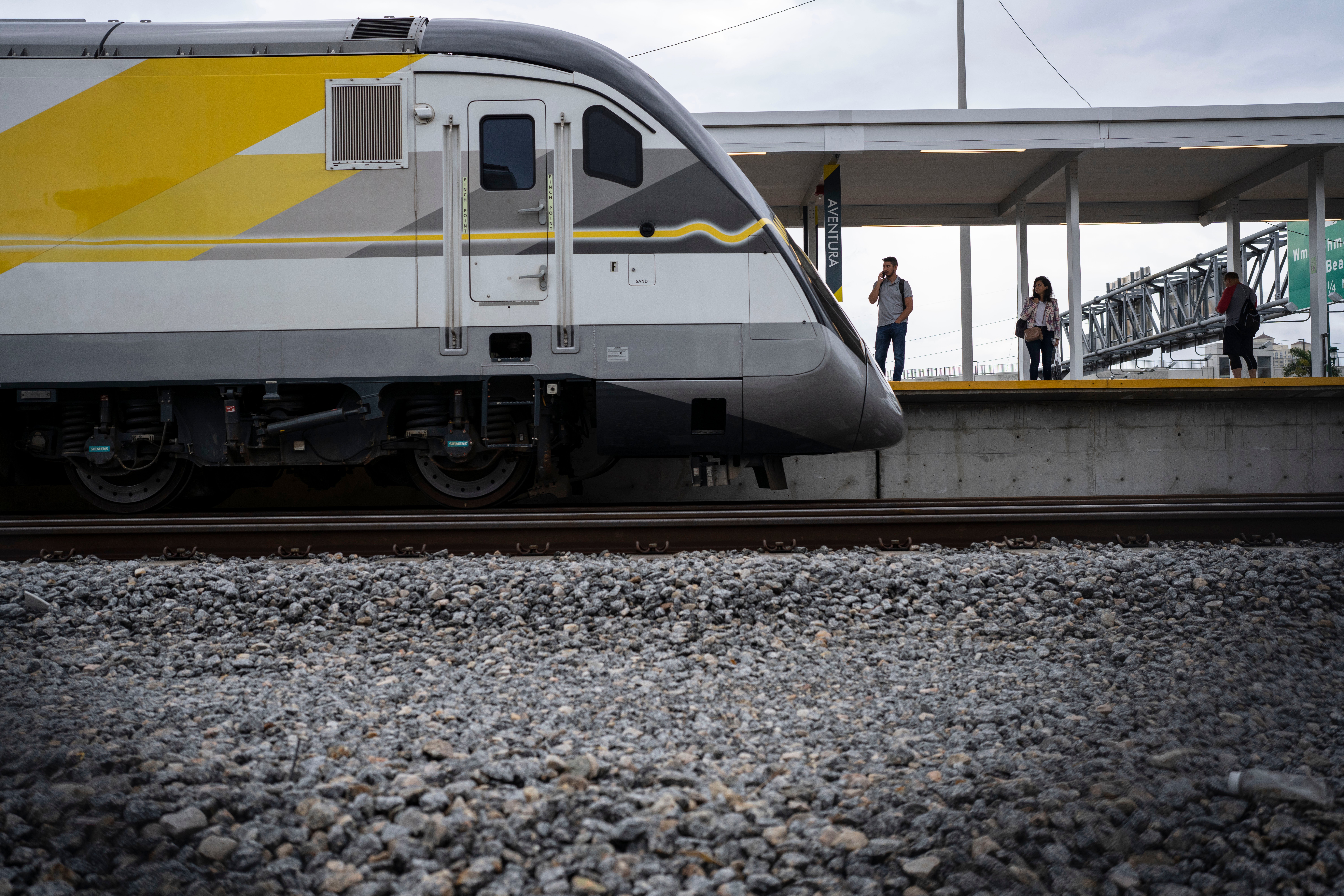
It’s no secret the United States lags behind other developed nations in high-speed rail. More than 20 countries, mostly in Europe and Asia, have such railways, while the US has yet to build its first.
Proposals have come and gone, and projects have stalled for decades. The ambitions have ranged from traditional high-speed systems connecting mega-regions to a magnetic-levitation train to a hyperloop service with a train whisked through a tube.

The nation’s fastest train is Amtrak’s Acela, which tops 150mph. New Acela trains are expected to reach 160mph when they debut next year – still below the 186mph considered high-speed in systems across the world.
Here are five US projects that have boosted prospects for a high-speed rail system.
Amtrak’s Acela high(er)-speed trains
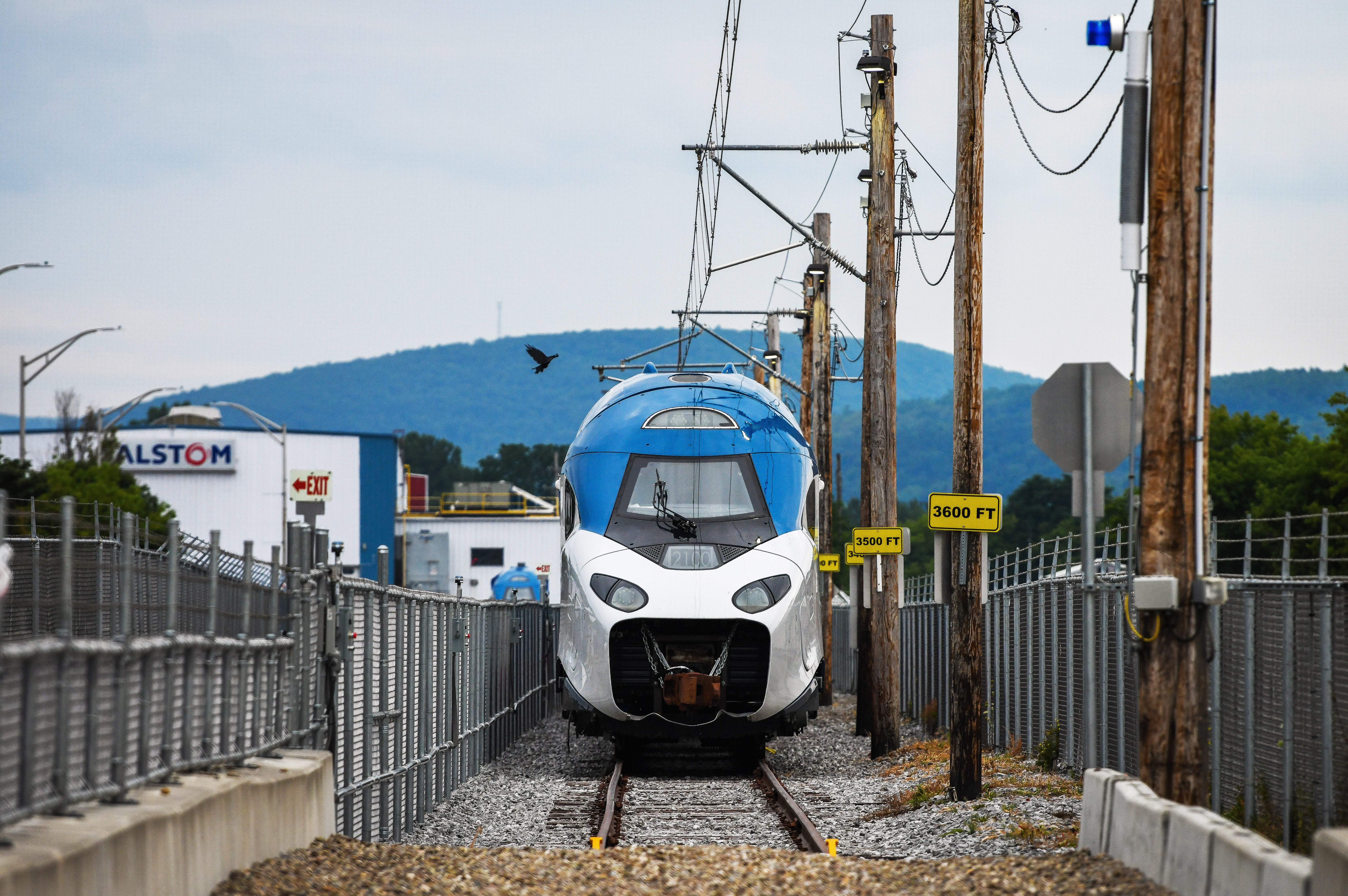
Proposed in 2011; 28 train sets along 457 miles; $2.5bn (£2bn) programme
New higher-speed Acela trains will roll through the nation’s busiest rail stations beginning next year, representing a significant step toward America’s aspirations for modern, faster and more reliable intercity train service. The trains will overhaul passenger service in the busy Northeast Corridor, aiming to improve safety, rider comfort and capacity.
Notable: The new Acela fleet will reach speeds up to 160mph at various stretches of the Washington-to-Boston route. Although not considered true high-speed, the Amtrak programme will be faster than its current trains and include track improvements to reduce travel time.
The challenge: Despite capabilities for higher speeds, the 28 Avelia Liberty trains from French manufacturer Alstom will run slower than trains in other proposed projects across the country because Acela runs on conventional tracks shared with other intercity, commuter and freight trains.
Funding: The programme is fully funded. Amtrak is using money from a $2.45bn (£1.93bn) federal loan awarded in 2016 to help pay for the trains and infrastructure improvements.
Timeline: Originally expected to debut in 2021, the new trains have been delayed until 2024.
Brightline West
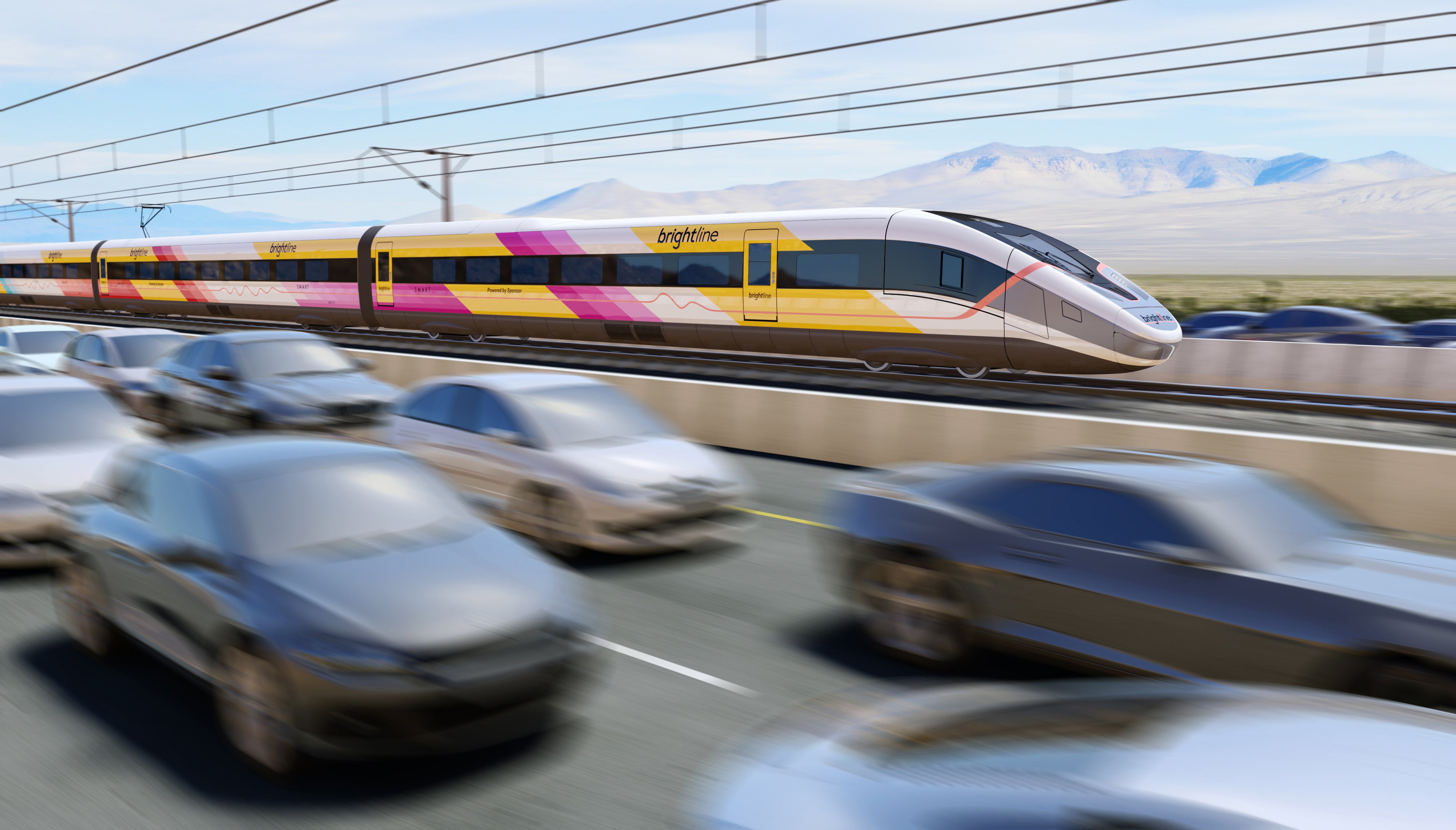
Proposed in 2005; 265 miles; $12bn (£9.5bn) estimated cost
The electrified rail line would take travellers along the median of Interstate 15 between Las Vegas and Rancho Cucamonga, California, in 2 hours and 10 minutes. Trains would travel at 186mph. Supporters say the system would remove about 3 million vehicles from the road and increase tourism between Nevada and California.
Notable: Brightline is the only private intercity passenger railroad in the United States. It is expanding its Florida service to Orlando, providing a rare intercity train connection at a major airport terminal and making the trip from Miami in three hours.
The challenge: The price tag for the Las Vegas-to-Southern California line keeps climbing. In the past year, the cost estimate went up by $3bn (£2.4bn), an increase that project officials partly attribute to inflation.
Funding: Brightline says it invested $600m (£473m) to bring the project to construction, and it’s seeking $3.75bn (£2.96bn) in federal infrastructure funding to help cover about one-third of the project cost. A $25m (£20m) federal grant awarded in June will help to cover the design and construction of two stations in California. Project officials say the rest will be privately funded.
Timeline: Groundbreaking is possible before the end of 2023, followed by four years of construction and possible passenger operations in time for the 2028 Summer Olympics in Los Angeles.
California High-Speed Rail
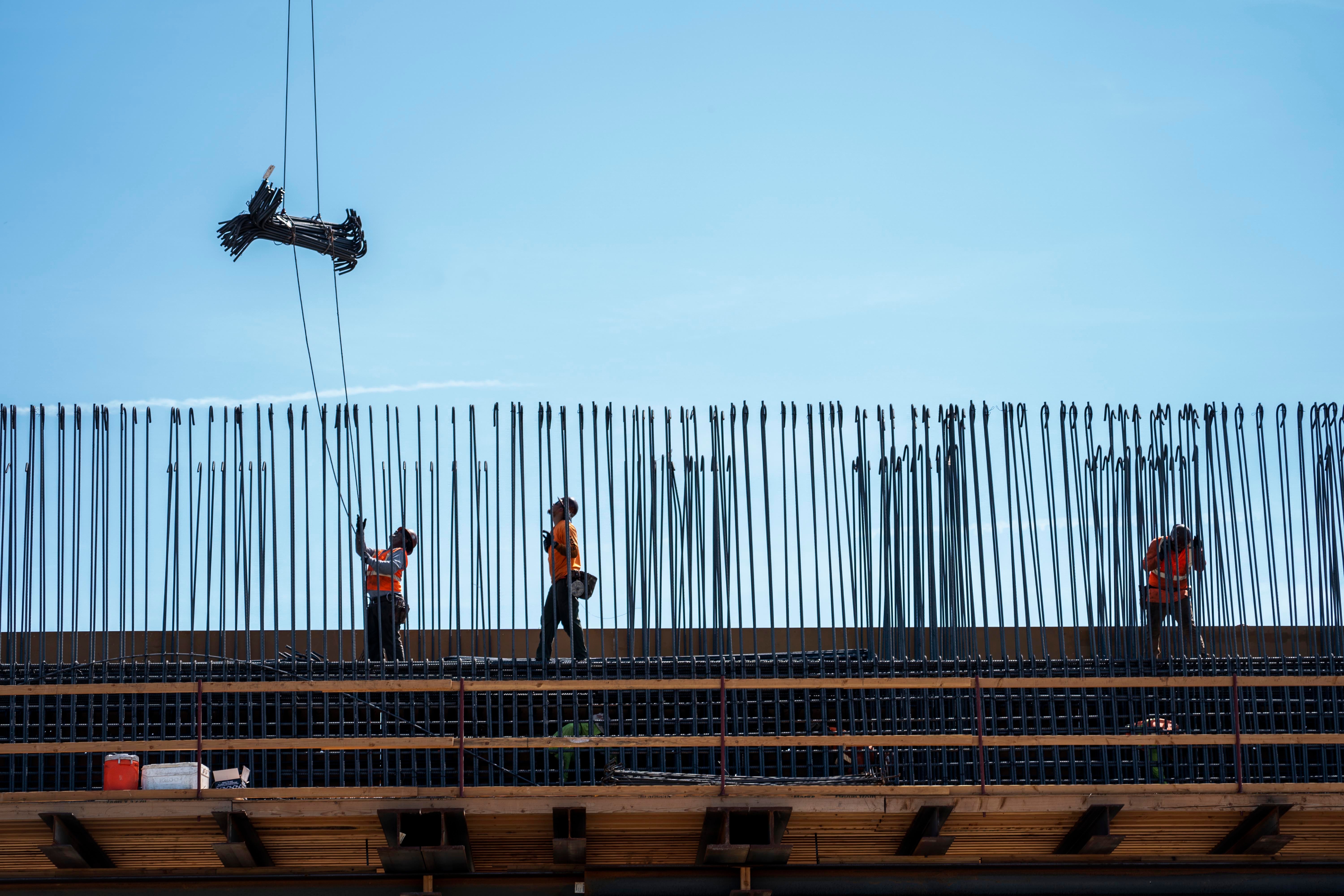
Proposed in 1994; 500 miles; $128bn (£101bn) estimated cost
Electrified trains traveling at 220mph would take passengers between San Francisco and Los Angeles in less than three hours if California’s ambitious rail project comes to fruition. Eventually, the system could extend 800 miles to link to Sacramento and San Diego. Supporters say it would cut greenhouse gas emissions equivalent to taking 400,000 cars off the road every year.
Notable: This was the first high-speed rail system under construction in the United States. It’s the biggest investment in passenger rail since Amtrak’s creation more than half a century ago.
The challenge: Voters approved the project in 2008, but general support has waned as the price tag – originally estimated at $33bn (£26bn) – continues to climb and the timeline keeps extending.
Funding: The project has $25bn (£20bn) secured, including $3.6bn (£2.8bn) in federal grants so far, with California paying 85 per cent of the cost. The California High-Speed Rail Authority is seeking $8bn (£6.3bn) in federal funding through the infrastructure law.
Timeline: The $35.3bn (£28bn) Merced-to-Bakersfield stretch under construction is projected to be ready for passenger service between 2030 and 2033. Opening for the entire line will be dependent on funding availability, project officials say. The project originally envisioned trains operating between Los Angeles and San Francisco by 2030.
The Texas high-speed train
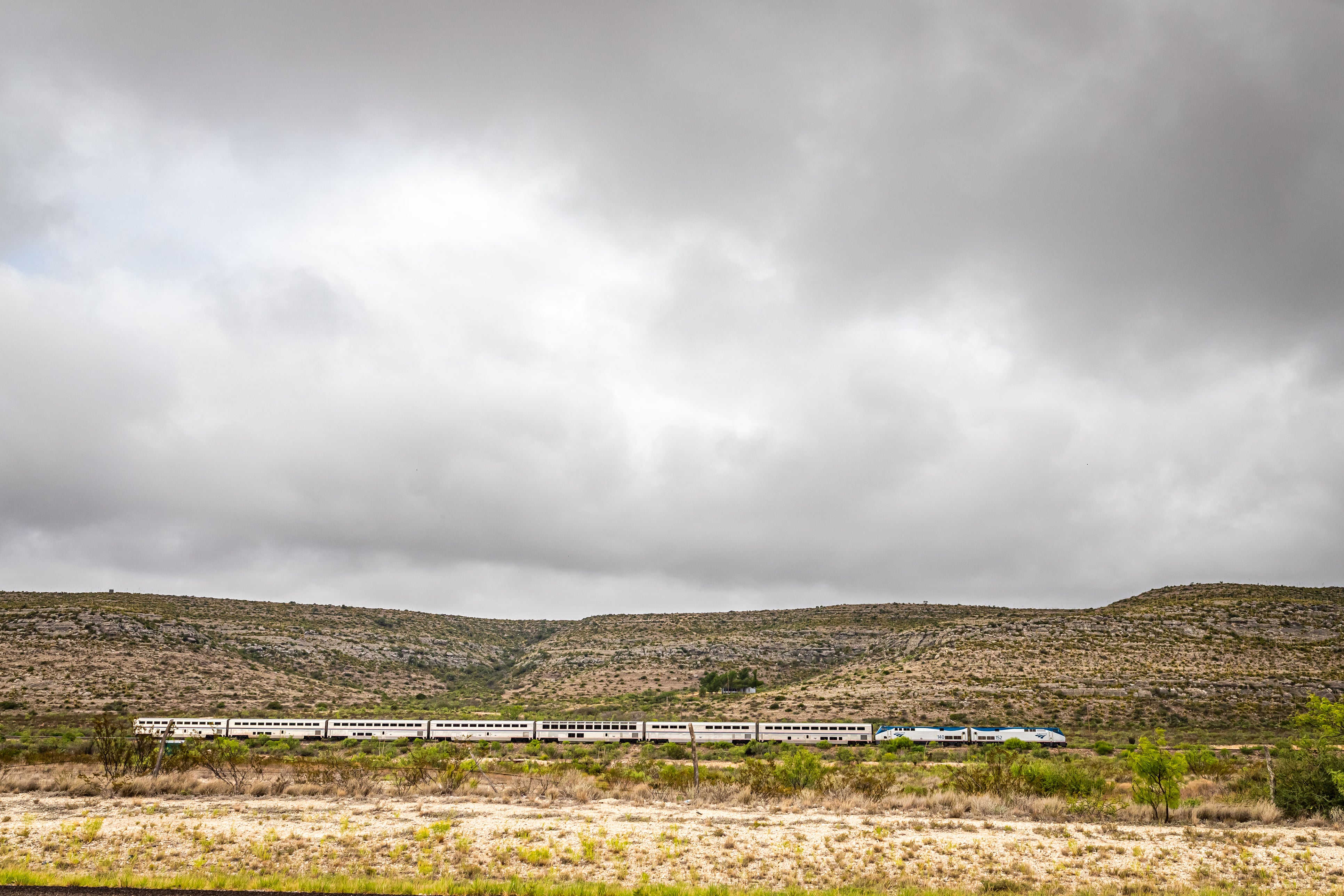
Proposed in 2013; 240 miles; $30bn (£24bn) estimated cost
Travellers would be whisked at speeds up to 200mph from Dallas to Houston in 90 minutes. Proponents say the system would carry more than 6 million passengers by 2029 and save travellers in the booming corridor between an hour and 90 minutes in travel time, compared to driving.
Notable: The Texas project is eyed as a potential game-changer for the industry. Advocates say it could change the political dynamic in Washington for high-speed rail if a Republican-led state delivers a project. Some conservatives – including in Texas – have been fighting high-speed rail projects, even turning down federal funding.
The challenge: Although the Texas Supreme Court cleared the way for Texas Central to use eminent domain, the company continues to face opposition and legal action from property owners in the path of the track. The company has been through management changes amid recent challenges, including little progress financing the project and acquiring property.
Funding: The project’s original $10bn (£7.9bn) price tag climbed to $30bn (£24bn) in recent years. Texas Central has sought $12bn (£9.5bn) in federal loans to help fund the project. The company recently partnered with Amtrak to seek federal funding and develop the line.
Timeline: Outdated projections put construction beginning in 2020 and trains carrying passengers in 2026, but no recent estimates have been released.
Cascadia
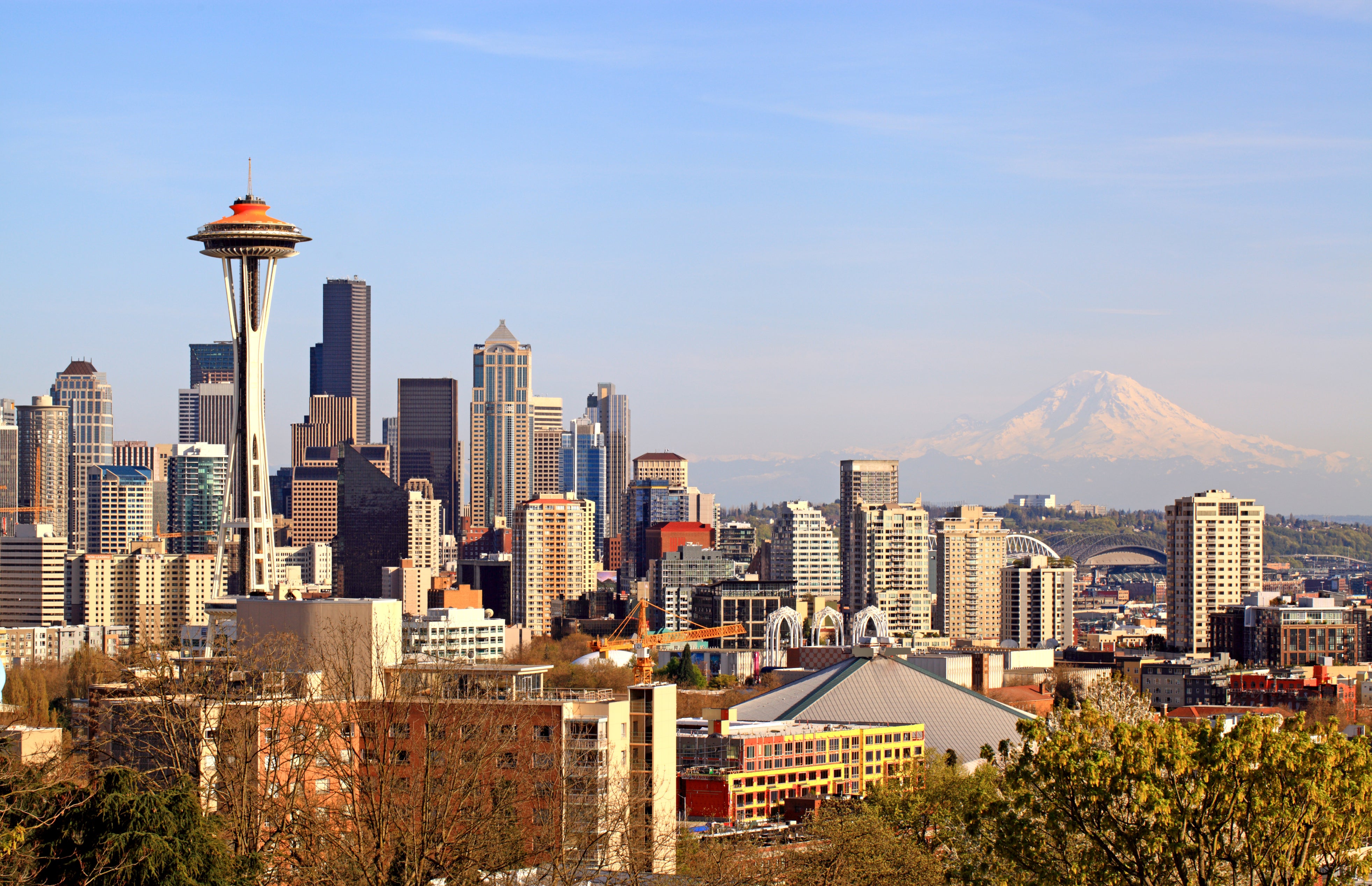
Proposed in 2017; 413 miles; $24bn (£19bn) to $42bn (£33bn) preliminary cost
A system of trains travelling at speeds up to 250mph would connect the metro areas of Vancouver, Seattle and Portland. Although it’s in the early phase of planning, backers say the rail line could spark $355bn (£280bn) of economic activity over two decades within the region.
Notable: The Federal Railroad Administration has designated the corridor as among those with the highest potential for high-speed rail. A new rail line would provide complementary service to Amtrak’s Cascades route, which travels at top speeds of 79mph.
The challenge: As planning advances, a governance structure that spans two states and two countries would need to be created to carry the project to construction. It would need to identify funding sources and acquire right of way for a route that would traverse urban areas, uneven terrain, major rivers and an international border.
Funding: The proposed line in the Pacific Northwest, which has support from Microsoft, is being envisioned as a possible public-private partnership. Microsoft has donated more than $500,000 (£394,000) for feasibility studies, and Washington state recently approved funding for additional analysis and development. Efforts are underway to apply for federal grants.
Timeline: A feasibility study five years ago projected an opening by 2035, although a federal environmental review could take years. Officials say “construction will not begin for quite some time.”
© The Washington Post
Join our commenting forum
Join thought-provoking conversations, follow other Independent readers and see their replies
Comments



Bookmark popover
Removed from bookmarks